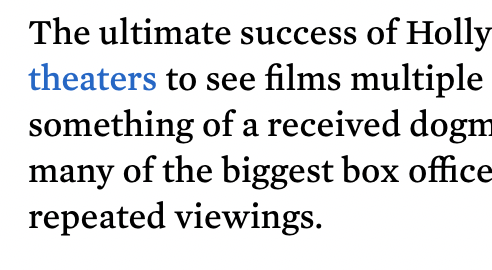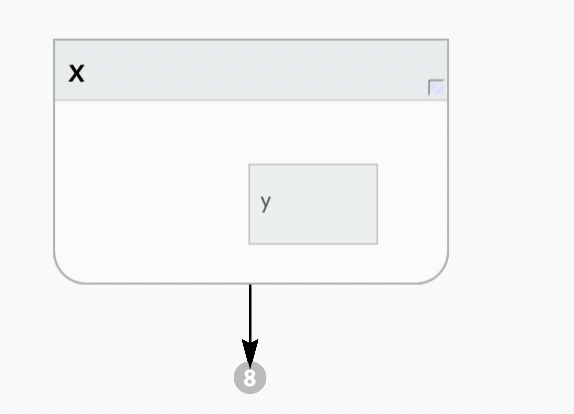For my translation work I typically have three windows open: two solo text pane windows with the source and destination texts; and a third “full” Tinderbox window with an outline view. Mostly, I need to make links from the destination text to sibling notes that explain translation choices, make philological remarks, or add interpretive observations. Each of these comment-notes is of a different type.
Before ziplinks, when I wanted to create one of these notes, I had to switch to the outline window, select the destination text note, hit return for a sibling, give the sibling a name and a text. Then select the destination text note, select the text from which I would link, hit cmd-shift-L to park a text link, choose the destination note from the pop-up dialog, hit return, choose the link type from the pop-up dialog, then return to the solo text pane where I first decided to make the linked note.
With ziplinks, I can create the sibling note and link directly from within the solo text pane window. So this is good for keeping my hands on the keyboard and my eyes on my work.
However, ziplinks fulfill solely part of my use case. Ideally, I could also set the destination note $Text using the ziplink and the link type. For the latter, there is yet no option, though I have made a feature request to Eastgate. For the former, there seems to be a limit on how long the $Text can be that you send to the ziplinked destination note. Again I’ve made a feature request to Eastgate to clarify and extend this limit.
(For various reasons, I do not use Note:Footnote:Add footnote as sibling…)
In other areas, like you, I find that keeping my hands on the keyboard to do linking is very useful, especially in outline view (and the other views) where I found linking fiddly.
[ I’m not a huge linker, but I think this feature may increase my use of links and link-related functionality like hyperbolic view. The link pane, I’m already finding, is a nice way to navigate among notes. If the suggested notes pane were more informative about why it is suggested, I think this could be very powerful the way DevonThink is in this regard.]




